- Home
- Step-by-Step Story Writing
Step-by-Step Story Writing
Part of step-by-step story writing is understanding that every story begins with a question. This doesn't mean a single question is enough to answer every challenge that a story poses. Rather, every story is built on an underlying question that drives its creation. Here are several well-known examples:
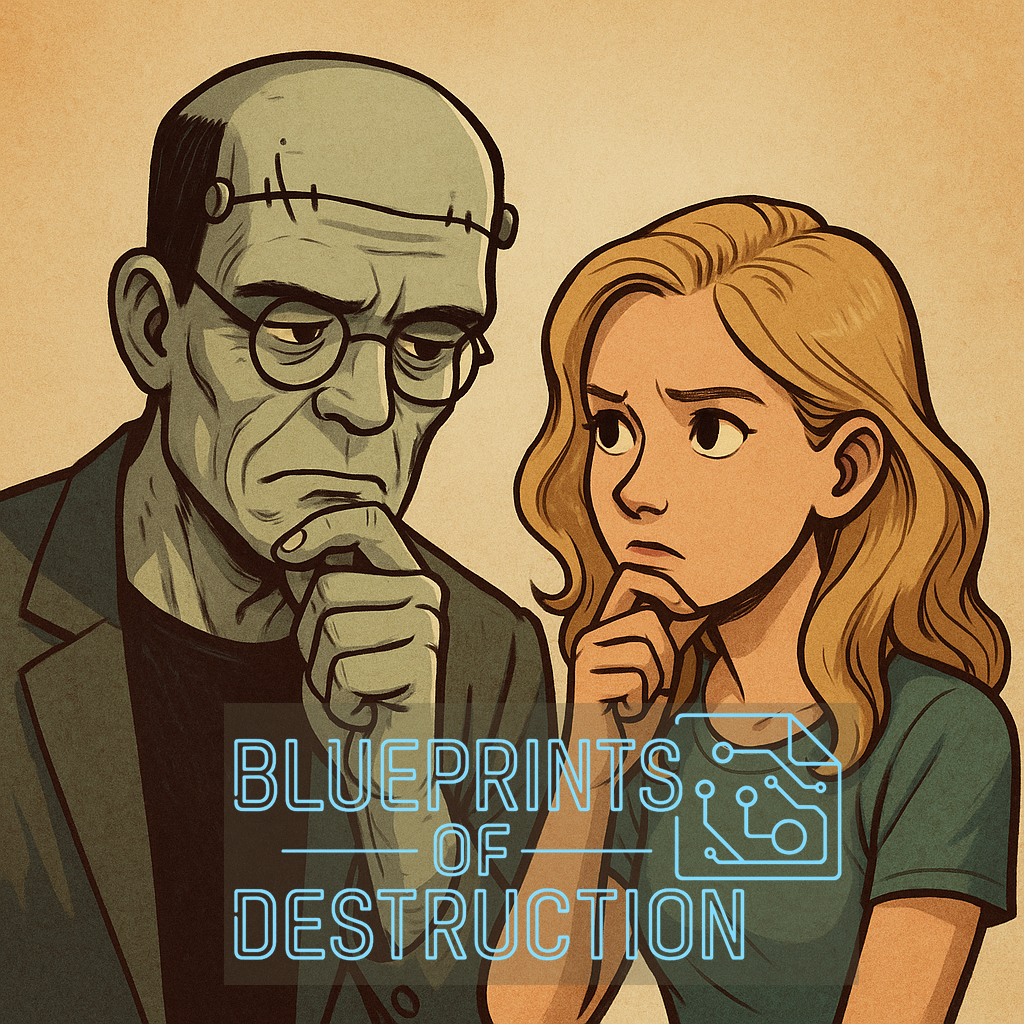
The Picture of Dorian Gray: What would happen if our sins scarred our image instead of our conscience?
Dracula: What happens when ancient evil meets the modern world and (the true monster is revealed) who truly becomes the monster?
Peter Pan: What do we lose when we grow up, and what do we gain by staying young?
Blueprints of Destruction may have been a little different. The original question for Frank and Lucy (together known as PhranqenLu) was, "What happens when a little girl asks her daddy to help her write a story, when neither one of them has any idea what they would write?" This question began the journey, but it wasn't the question that gave rise to the stories in Blueprints of Destruction. The foundational question for Blueprints could read:
What happens when the systems built to preserve life begin to decide what life is worth preserving?
Or, in other words:
If a city is designed as a machine for survival, what becomes of the souls who live inside it?
To put it in simpler terms, define your central question, then build a world that answers it.
Once the foundational question was identified, the next step was to understand the world that would answer it: Qualx. Remember, questions guide creativity; they act as the compass that keeps your story moving toward meaning. So, take your time with your questions to ensure you know the meaning and direction of your narrative.
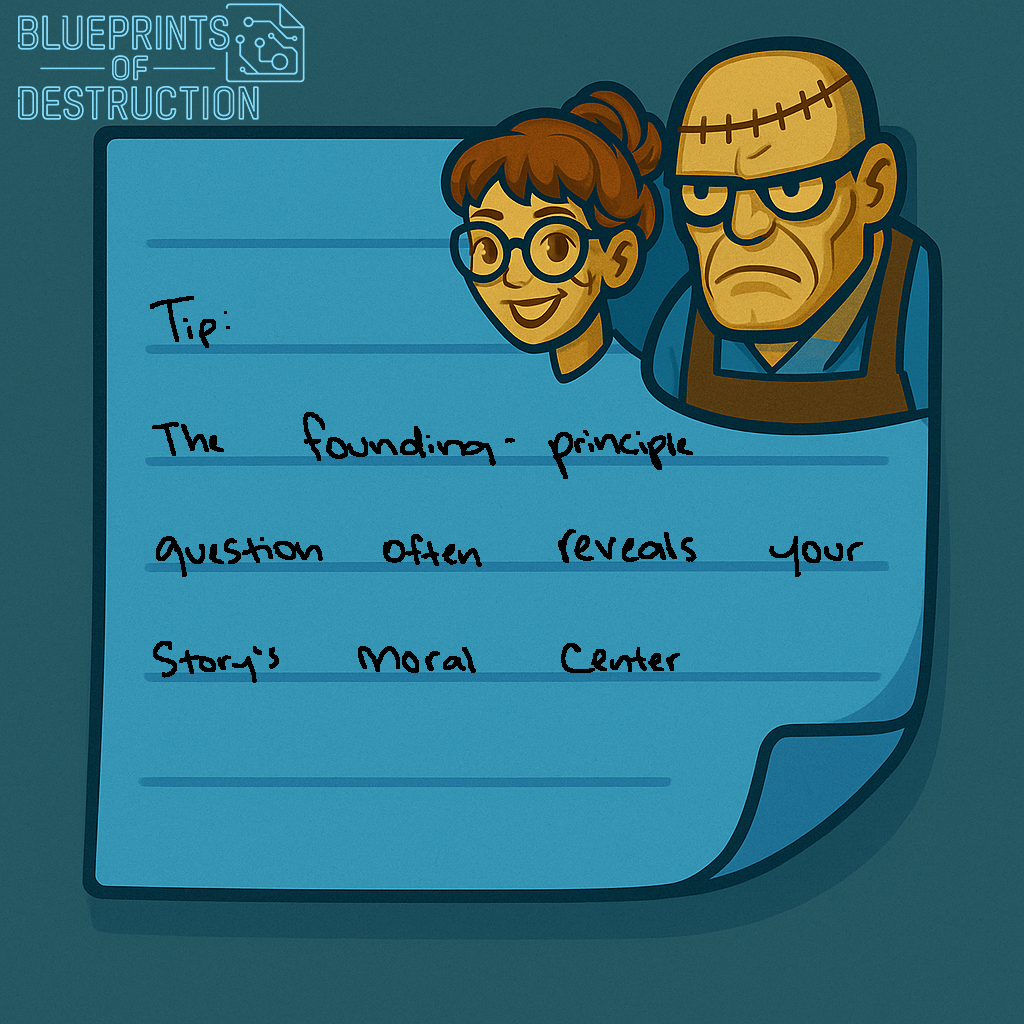
Step-by-Step Story Writing Involves Asking More Questions
In order to get an idea of how your world is going to work, it is important to ask foundational questions. Isolate and describe functions and physics, processes and politics. Determine whether your world has practices, policies, and principles that might seem outlandish to us but can be made believable through your worldbuilding.
PhranqenLu set out to form fifteen questions which, when answered, would help to establish how things operate in Qualx on an ongoing and reliable basis. The answers to these questions is not intended to solve a given challenge or problem. As a matter of fact, just as you might find when working through your own story, some of the answers will result in new challenges and concerns. These new questions might even raise new moral dilemmas that will later need to be resolved.
After brainstorming their ideas, Frank and Lucy sorted their questions into four basic categories:
- Structural and Foundational
- Administrative and Legal
- Cultural and Ideological
- Political
The questions were as follows:
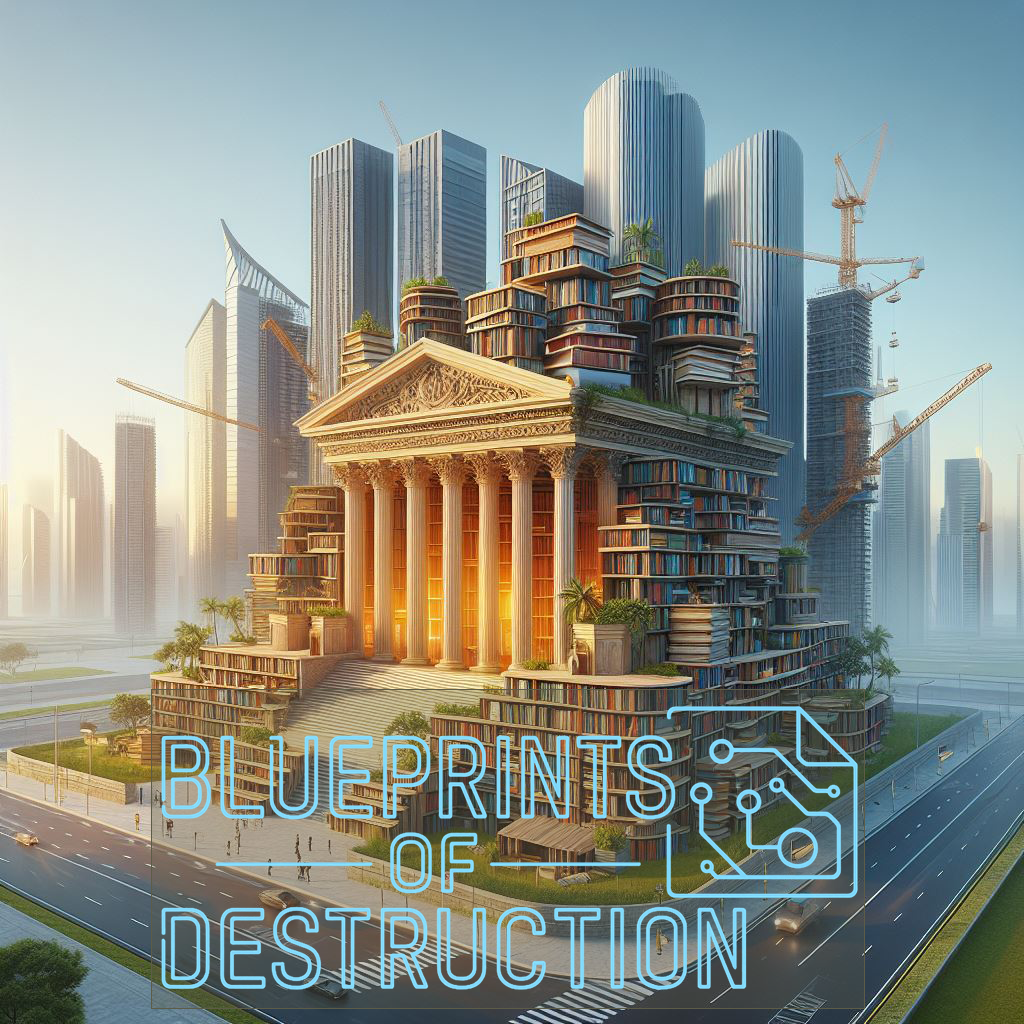
Fifteen Core Questions of Qualx
Structural and Foundational Questions
1. Founding Principle: What was the original purpose or event that led to the formation of Qualx's governing body?
Because of the extraordinary circumstances surrounding how Qualx came to be, it was important to establish if there were any mundane factors that played a part in its creation.
2. Power Source: Who or what grants authority in Qualx?
Is authority granted by the people, an inherited class, a divine mandate, or was it a purely cold, calculating technological system that put everything in place?
3. Political Hierarchy: Does Qualx have a single central government, or multiple autonomous city-states which operate under one banner?
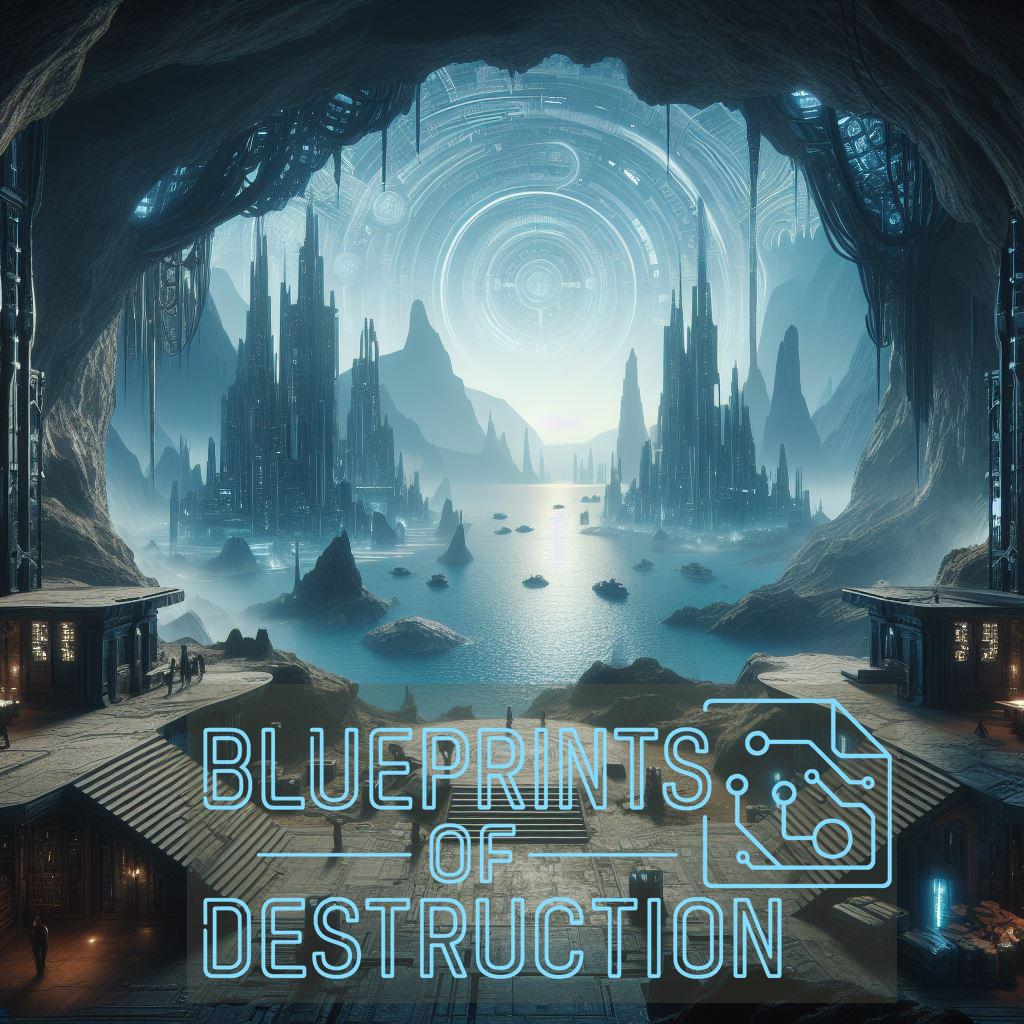
4. Guilds and Governance: How does the Guild play into the overall government operation?
What groups, arms of government, organizations, corporate entities, or separate power blocs come into play? Who negotiates with whom?
5. Citizenship and Life Rights: How are Life Rights granted, suspended, revoked, or used as currency? And who has the authority to execute and activate these transactions?
PhranqenLu knew Life Rights were going to be a huge issue, both logistically and thematically. Hammering out how this was going to be handled early on was a high priority. The last thing Frank and Lucy wanted was to dig themselves into a hole they could only escape with the dreaded deus ex machina.
Administrative and Legal Questions
6. Law enforcement: Who enforces law and order in Qualx?
Is it a police-like structure, a military, mindless automatons, Guild-appointed agents, or is there something darker and more mysterious at play?
7. Judicial system: Who administers justice?
Are there trials, arbitration councils, AI judges, natural disasters sent by the gods, or Guild tribunals?
8. Economic control: What serves as currency in Qualx?
Is the economy state-run, Guild-driven, capitalist, resource-based, or is it some kind of hybridization of two or more of these?
9. Territorial management: How is land and resource distribution managed?
Is there private ownership, state assignments, or a link between Life Rights and the acquisition of raw materials?
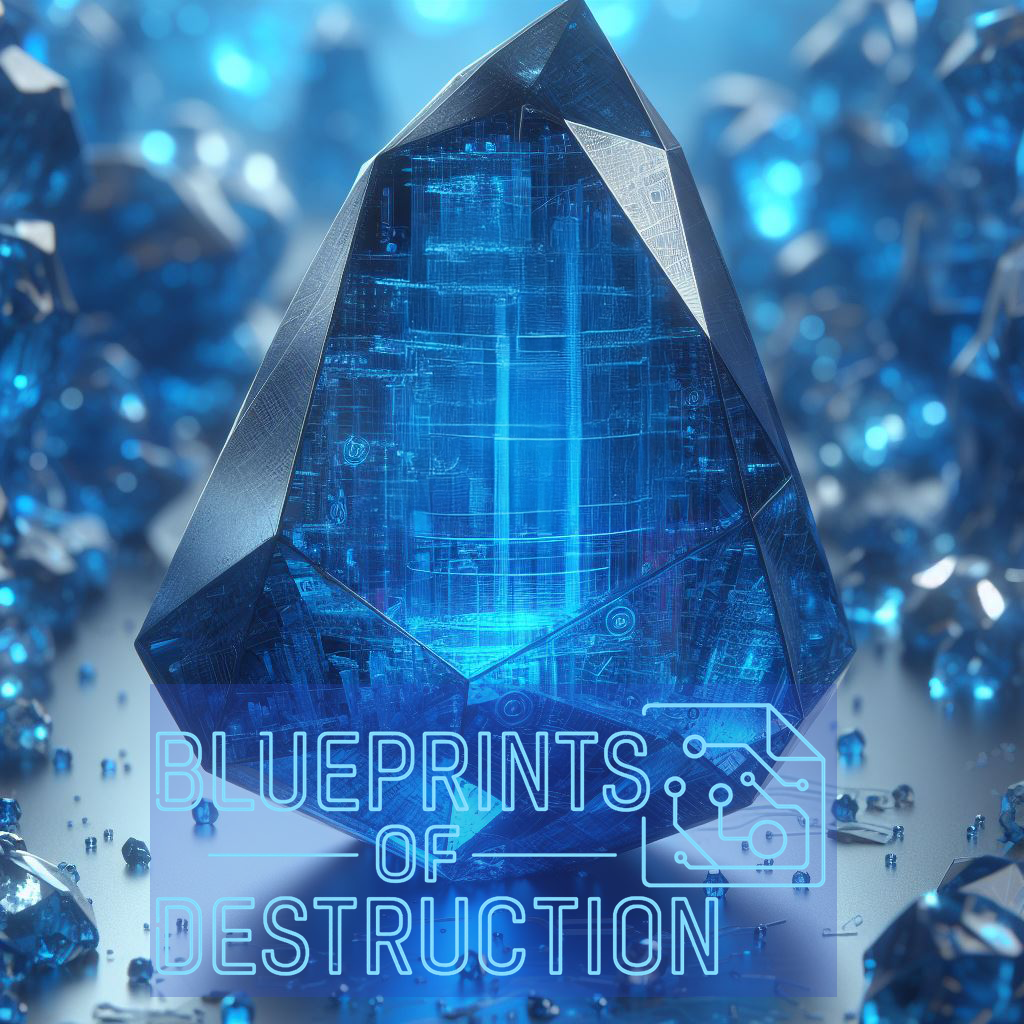
Cultural and Ideological Questions
10. Core ideology: What is the prevailing philosophy or moral compass of the government or people?
What mindset helps determine order, progress, control, or survival?
11. Religion and power: Does religion have any role in Qualx?
If so, is it used to legitimize or challenge authority?
12. Information control: How is knowledge and communication regulated?
Is it open and free, heavily censored, or filtered through some kind of in-story gatekeeper or censor?
Political Dynamics Questions
13. Conflict and rebellion: What forms of dissent exist? Are there underground movements, rival factions, sanctioned opposition, or is it a free-for-all?
14. Military role: If there is an army, is it a protector of the people, an enforcer of the regime, or is it fragmented and bureaucratically useless?
15. Foreign relations: Does Qualx interact with other peoples, nations, or worlds, or is it isolated and self-contained?
Diving into these questions and ones similar to them, as part of your step-by-step story writing, will help define the rules of your world and the tone of your story. Establishing these foundations early prevents your narrative from wandering, and keeps your readers deeply interested. And failing to do so can cause your story to meander aimlessly until you have lost your entire audience!
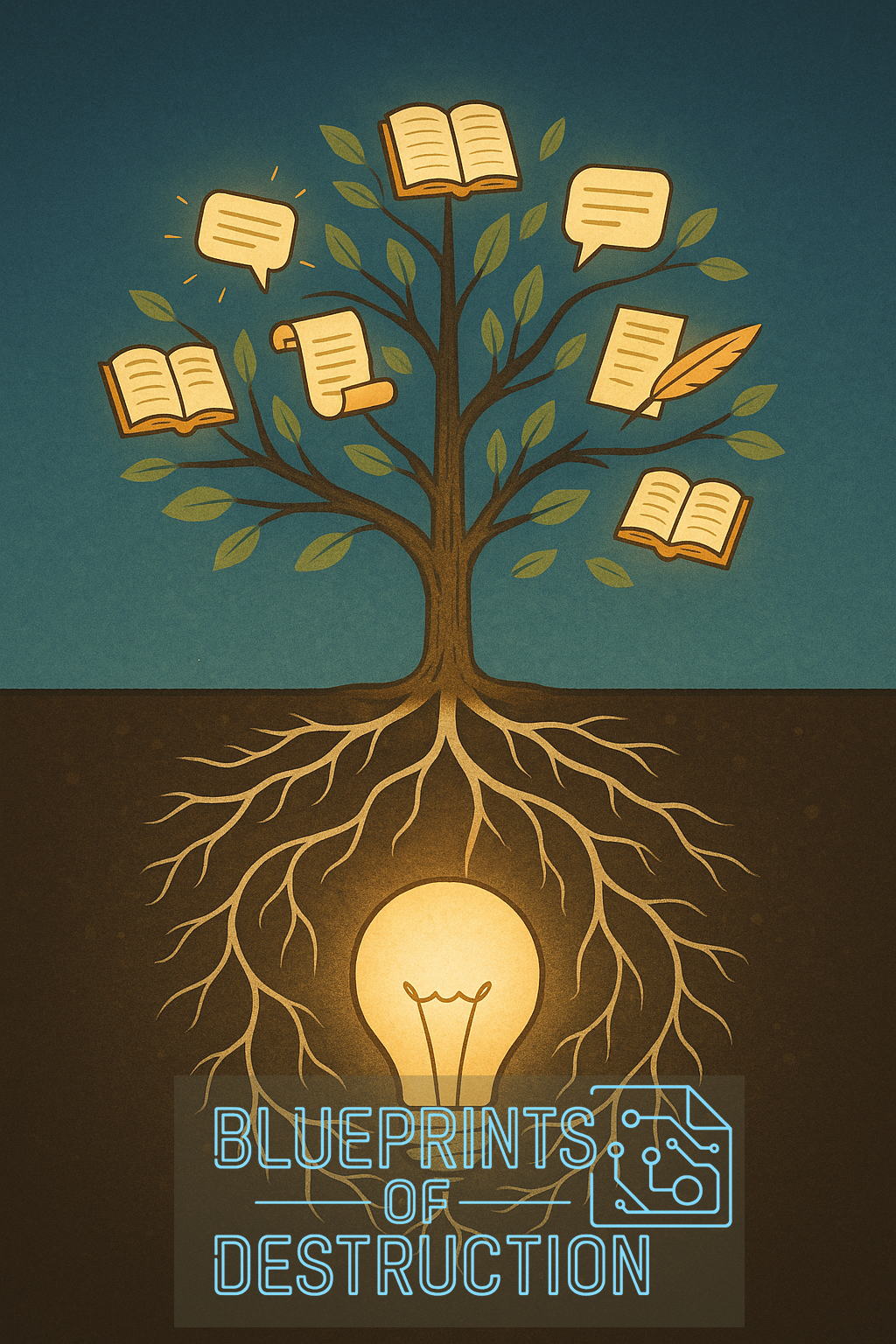
The step-by-step story writing process is like planting a tiny seed. The seed, your story's defining question, gets planted when you begin to form an answer. By watering the seed of your idea with worldbuilding and problem-solving, it will begin to sprout into a workable foundation. Every answer you establish helps your story stretch deep roots that will grow into something strong and full of life. Its strength and complexity may surprise even you!
So, seize your ideas! Keep asking questions, dreaming, and learning, and watch as your story grows into something amazing!
